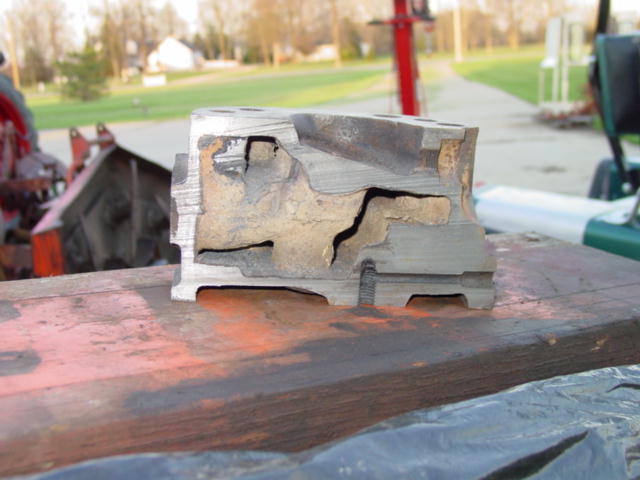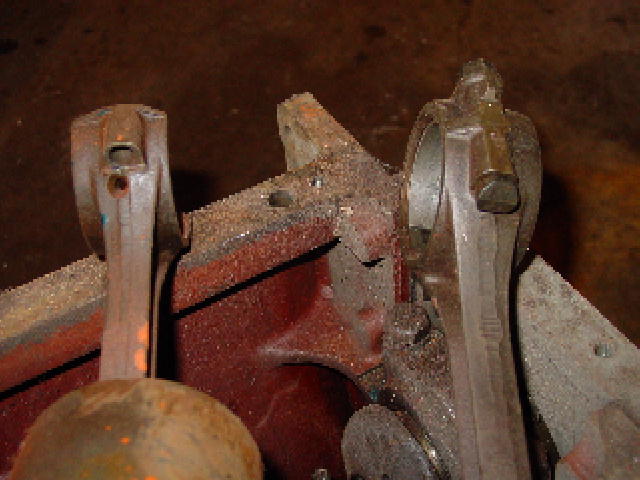d. coleman
Member
im new to Allis Chalmers, just traded for a CA and havent picked it up yet due to weather. i am in process of ordering manuals but would like to ask a few questions until there arrival. what is the differance between the C and the CA? the engine is locked, so i'll be pulling the head prior to any attempt to rotate crank. owner said it ran when parked 3 years prior and exhaust was covered. any spiecal areas of concern on engine disassembly? thanks, d. coleman



